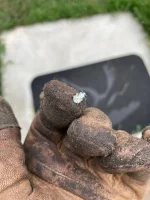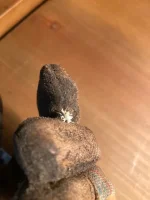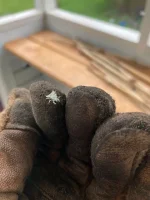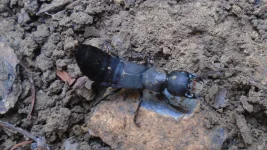Anniekay
Well-known member
- Location
- Quitman, Ga.
- Hardiness zone
- 9a
I was clearing out my pole bean bed, looked down and this little lovely thing was on my glove. Reminds me of a half-completed doily !!



I carried her all over, into the house to get my phone, outside again to put her back and couldn't get her to crawl off my glove. Finally got her back in the garden though.
What is she? I've never seen the likes of her, have you?



I carried her all over, into the house to get my phone, outside again to put her back and couldn't get her to crawl off my glove. Finally got her back in the garden though.
What is she? I've never seen the likes of her, have you?



